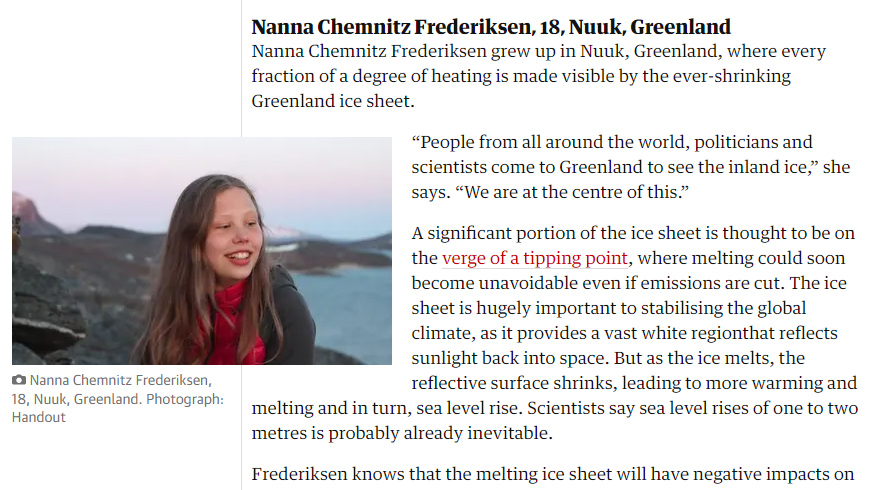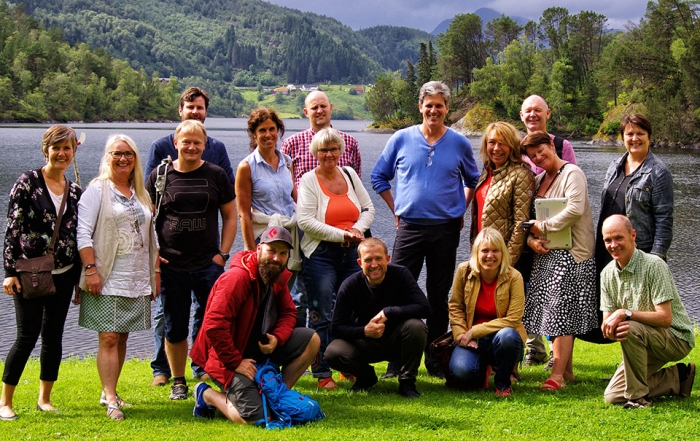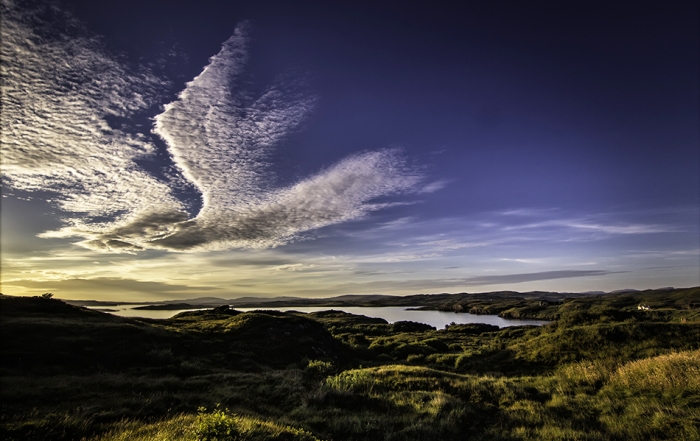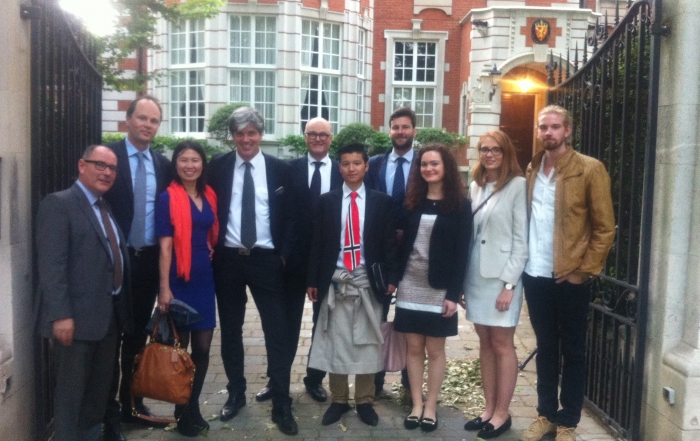“People from all around the world, politicians and scientists come to Greenland to see the inland ice,” she says. “We are at the centre of this.”
A significant portion of the ice sheet is thought to be on the verge of a tipping point, where melting could soon become unavoidable even if emissions are cut. The ice sheet is hugely important to stabilizing the global climate, as it provides a vast white region that reflects sunlight back into space. But as the ice melts, the reflective surface shrinks, leading to more warming and melting and in turn, sea level rise. Scientists say sea level rises of one to two metres is probably already inevitable.
Frederiksen knows that the melting ice sheet will have negative impacts on communities across Greenland, especially in northern settlements such as Qaanaaq where permafrost melting is destabilizing homes and roads and impacting how fishers and hunters operate.
But her real concern lies on the impact it will have globally. “I am not so scared of what the effects of the melting of ice in Greenland will be,” Frederiksen says, “It scares me what effect it can have for the rest of the world.”
Latest News
Visit from Nordahl Grieg vgs
The Management Team from Nordahl Grieg Videregående Skole in Bergen visited UWC RCN from Wednesday to 5th to Friday 8th August. Lin Holvik, the Rektor, and her team choose a location outside Bergen each year for pre-term meetings for [...]
UWC RCN Photo Competition
Dear incoming first years, new second years and current staff, alumni, Leirksule visitors and other supporters, On Monday 21st September 2015, we plan to celebrate the 20th anniversary of UWC Red Cross Nordic in tandem with the [...]
Royal Norwegian Embassy Event
On the evening of Wednesday 17th June evening, we were invited to a reception at the Norwegian Ambassador's Residence to celebrate twenty years since the opening of UWC Red Cross Nordic. The Consul, Gerd Grøholt, [...]




